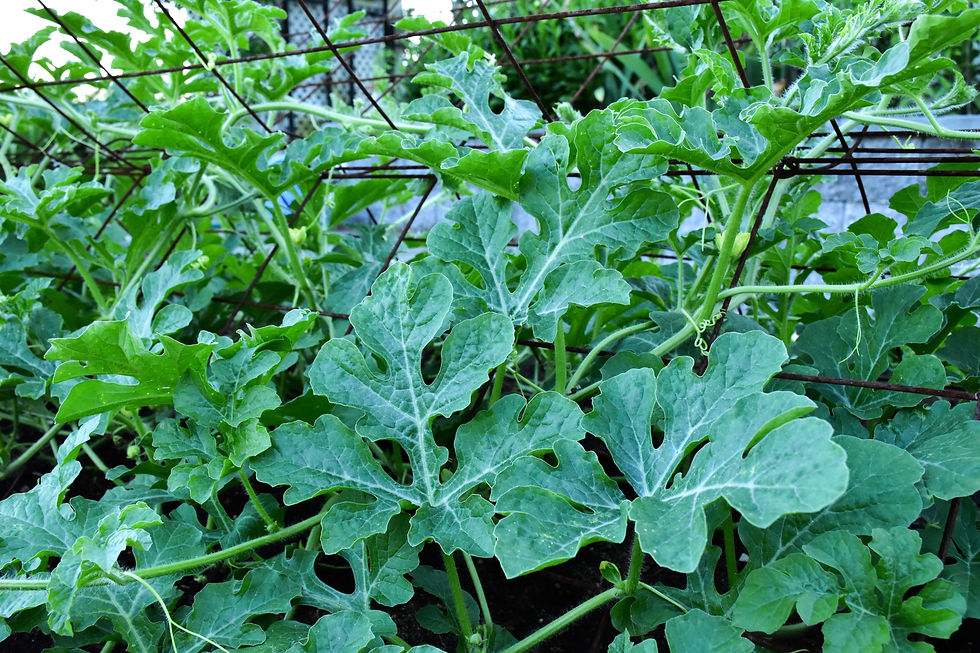Spaghetti quash is easy to grow, easy to harvest, and a great low calorie alternative to flour based pasta. It is a great shelf stable winter quash, with a mild nutty flavor and awesome nutrition.
NUTRITION
Generally, spaghetti quash is an excellent source of pantothenic acid, good source of fiber, vitamin C, vitamin B6, and niacin. It also contains small amounts of potassium, thiamine, magnesium, folate, calcium, and iron. It is also rich in antioxidants, which help protect your body from free radicals, too many of which can damage your cells. It is also paleo and whole-30 approved.
COOKING SPAGHETTI SQUASH
Besides being easy to grow, spaghetti squash is also easy to cook. It can be baked, microwaved, steamed, slow cooked, or done in an instant pot. It is a low carb and low-calorie ingredient, mild flavor that allows other flavors in your recipe to shine. It pairs well with tomato sauces, butter sauces, or cream-based sauces. Personally, I like a tomato-based garlic heavy sauce with Parmesan cheese.

You can also slice it in half and make spaghetti squash boats and stuff with flavorful ingredients, or use the stringy insides to make fritters, hash browns, or casseroles.
GROWING SPAGHETTI SQUASH
There are many varieties of winter squash that can be grown in hardiness zones 2 through 11 very easily. While a winter squash, it is typically grown in early spring and harvested mid to late summer. The plant creates long unruly vines that can be trained to a trellis, along fences, or guided into a compact field.

While not completely necessary, it is best to have at least two plants to make pollination easier. The plant creates probably 3 times as many male flowers to female flowers. But you can still get multiple fruits from just one plant with proper care. The fruit itself is on average of 7-12 inches long, yellow or orange, and weighing several pounds.
Seeds can be planted in the ground 1 inch deep two weeks after the threat of frost has passed, when soil temperatures are at least 69 degrees. You can also start the seeds indoors 2-3 weeks before planting them outside to speed up the growing season.
When planting outside, either from seed or transplant, plant only 2-3 plants per mound. Deeply water them when first planted. Once the plants sprout, water 2-3 times a week or more often depending on the weather and soil type. Once the plant is established with their first true leaves, water at least once a week. You will need to thin the plants to one every 18 inches once they become established in order account for the unruly vines.
Bug pollinators handle the pollination of the plants, but you can increase fruit yield by watching for female fruit flowers and hand pollinating them with picked male fruit flowers.
Be sure to keep an eye on soil moisture. Be sure to water immediately if your plant leaves begin to wilt. Applying a layer of mulch to protect soil moisture and prevent weed growth.
Most importantly. enjoy the process!

Comments